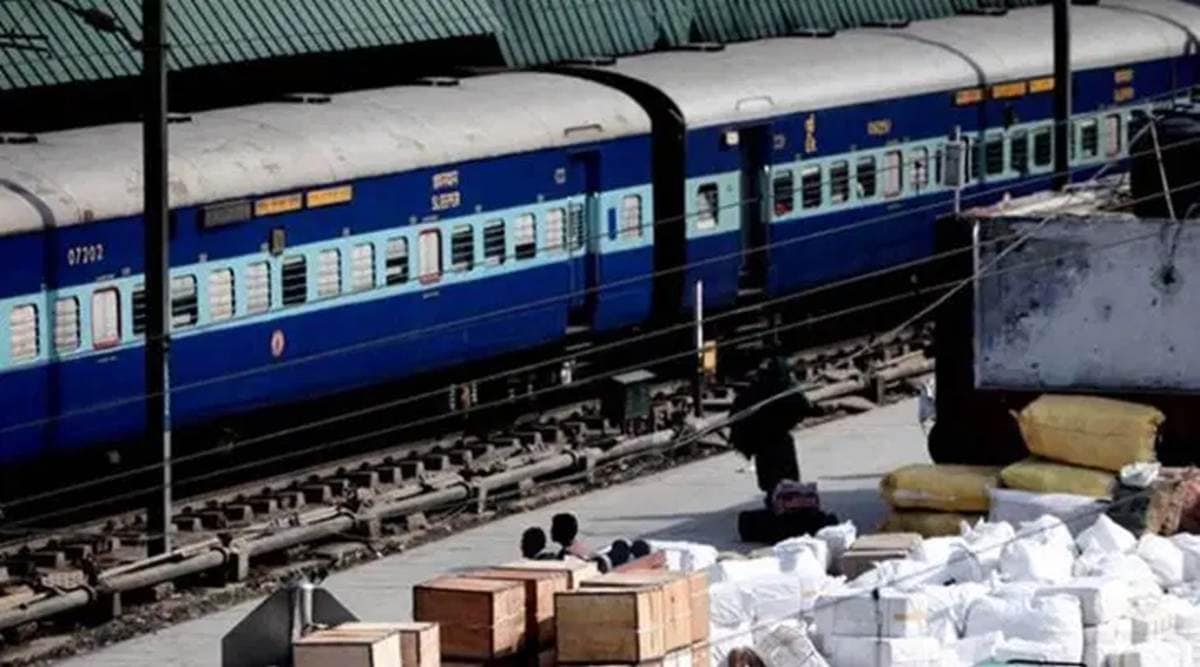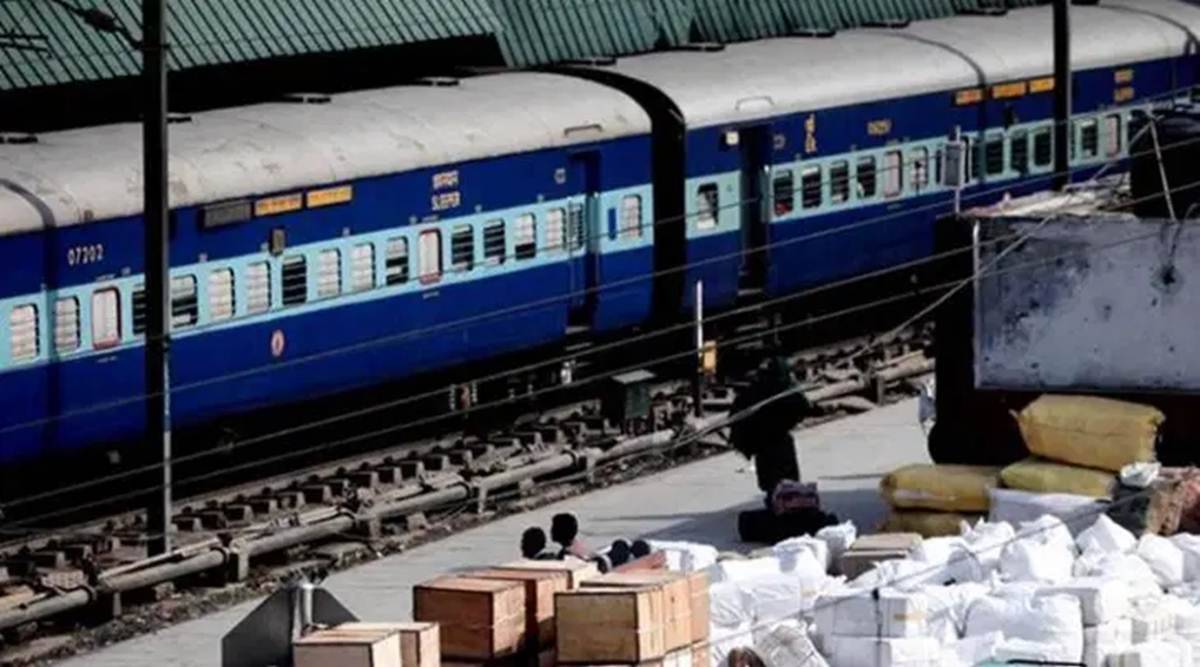| New Delhi |
December 19, 2020 6:40:17 am

The national transporter is hoping to increase its share in freight transportation from the present 28 per cent to 45 per cent by 2030.
Railways needs to decrease freight rates by 30 per cent gradually, seek help from outside to shoulder the subsidy burden to keep passenger fares “affordable”, and make more bullet train corridors in passenger-heavy routes, including to Ayodhya.
These are some of the salient features of the draft National Rail Plan 2030, a vision document released by Railways Friday.
The national transporter is hoping to increase its share in freight transportation from the present 28 per cent to 45 per cent by 2030 through better infrastructure and business development plans, Chairman, Railway Board, V K Yadav said in a press conference.
The final National Rail Plan will be unveiled later next month,
The plan, through iteration of various scenarios, says that in order to increase freight share, despite significant upgrade to road infrastructure, like the Bharatmala project etc, Railways needs to decrease its freight tariff by 30 per cent over the years and also double its freight train speed to 50 kmph.
About passenger subsidy, the document says: “IR must actively rationalize and reduce the burden of a much higher operating ratio of its passenger business on freight tariffs – potentially in a phased manner by gradually adopting alternative mechanisms to finance such subsidies.”
It says other ministries might be requested to share the burden of subsidies like the Ministry of Education for students’ concessions and so on. State governments and local bodies might be asked to foot the bill of operating economically unviable lines. And it also pegs for direct government grants to keep passenger fares “affordable”.
“Russian Railway has increasingly phased out cross subsidization of passenger operations by freight services. In FY 2016, Russian Railway received direct grant of Rb 32.5 bn to compensate for losses by Russian Railways associated with the regulation of tariffs for passenger services. In UK, government provided direct grant support of 6.4p for every rail passenger kilometer travelled in Great Britain in 2018-19,” the draft document says.
About future bullet train corridors, the draft plan says that considering the heavy investment involved, only passenger-heavy routes should have bullet train corridors over and above what has already been envisaged in the National Infrastructure Pipeline.
In all, a total of 12 high speed corridors are proposed, even by linking extensions to the ones that are already proposed in other plan documents. Like a line up to Jammu by extending the Delhi-Chandigarh-Amritsar to Pathankot and beyond. A bullet train between Nagpur and Varanasi by extending the Mumbai – Nashik – Nagpur corridor. “This shall connect Mumbai with Varanasi which will further connect with Delhi –Varanasi – Patna – Guwahati corridor,” it says.
Another important takeaway of the document is that it envisages less dependency on coal, currently the mainstay of railway freight revenue, in the coming years. While the share of coal will continue to be heavy in its freight basket, it projects negative growth in the amount of coal carried every year over the next decade and beyond.
Yadav said that the Railways was transporting only 1210 MT of the 4700 MT of the total freight basket till the end of 2019, but by 2024, it was planning to load 2024 MT of the estimated 6400 MT of total freight, keeping it on track to achieve its target by 2030.
Yadav said that under Vision 2024 of the National Rail Plan, the Railways plans to augment infrastructure to enable loading of 2024 MT by year 2024, multi-tracking of 16,373 km network, complete 58 super critical projects, 68 critical projects, 46 Projects on HDN (high density network) and HUN (highly utilised network) (3262 km) and 32 other essential projects.
“The final draft of the national rail plan is ready and it will be circulated among stakeholders for their views and in a month’s time, we should be able to finalise it. Under the plan, we plan to raise our share of freight loading from the current 27 per cent to 45 per cent by 2030,” he said.
He said that the national transporter will complete 20 additional coal connectivity projects and by December 2023, complete 146 railway electrification projects. It will also complete North East connectivity projects of 288 km by March 2023 and the remainder of the 111 km of Udhampur Srinagar Baramulla project by December 2022.
The Vision 2024 plans will also include the speed raising of the New Delhi – Howrah and New Delhi – Mumbai routes to 160 Kmph and the speed raising of the Golden Quadrilateral (GQ) and Golden Diagonals (GD) routes to 130 kmph.
All these projects will include a total capital expenditure of Rs 2.9 lakh crore, Yadav said.
¨Vision 2024 is a sub-set of the National Rail Plan. We are doing GIS mapping of the entire network and we are taking into account future industries that will be coming up, we are planning on what commodities would require transportation. The aim is to reduce transit time as well as transit cost for our customers. We are planning to rationalise freight tariff, slowly reduce haulage charges, so that we can reduce cost and increase revenue,¨ he said.
The National Rail Plan includes three dedicated freight corridors with a length of 3958 km. This includes the East Coast DFC from Kharagpur to Vijayawada (1115 km)
East – West DFC from Bhusawal-Nagpur-Kharagpur-Rajkharsawan-Andal-Dankuni (1868 km) and the North – South DFC from Itarsi – Nagpur- Vijayawada (975 km).
© The Indian Express (P) Ltd
This article is auto-generated by Algorithm Source: indianexpress.com


